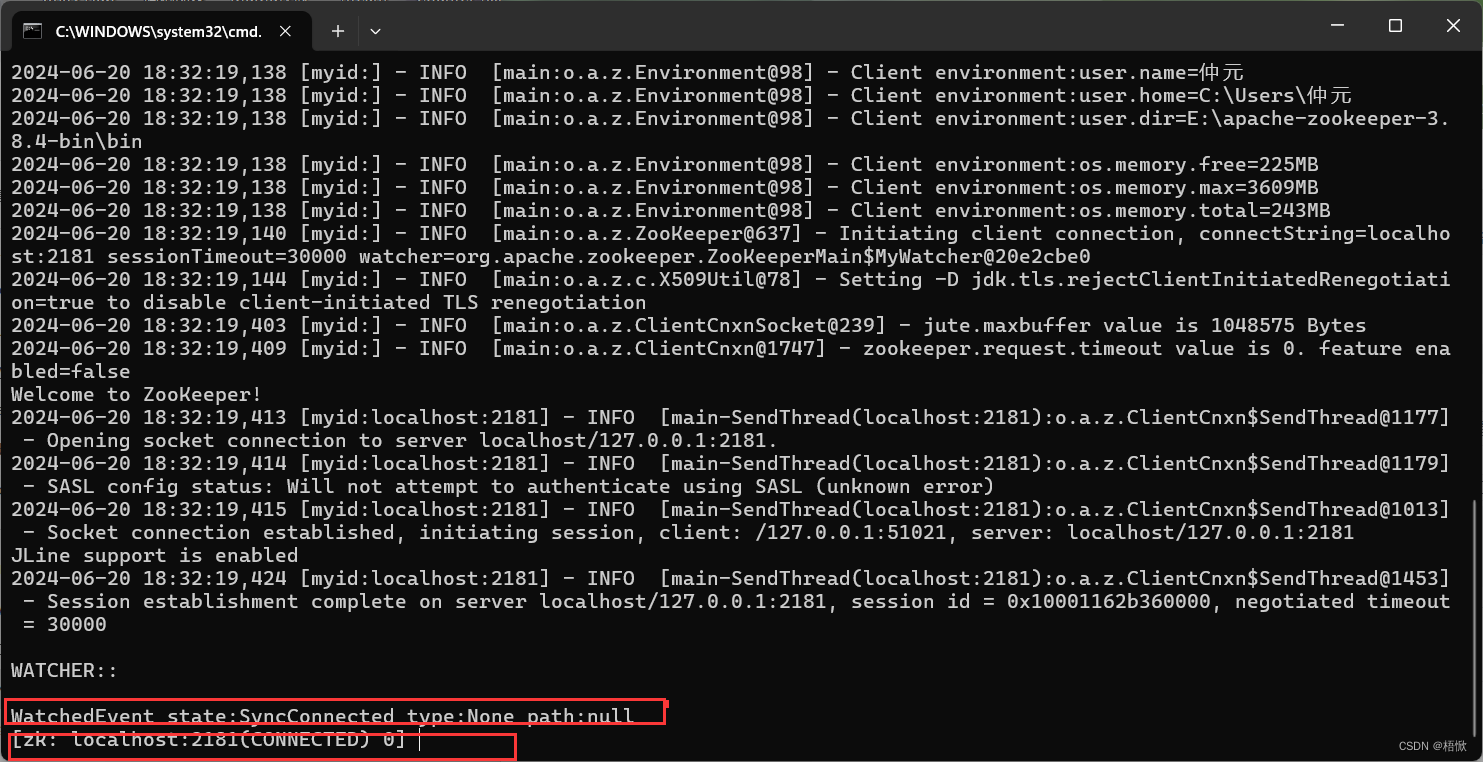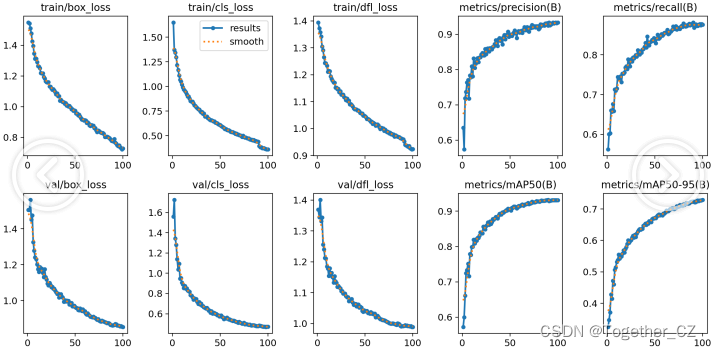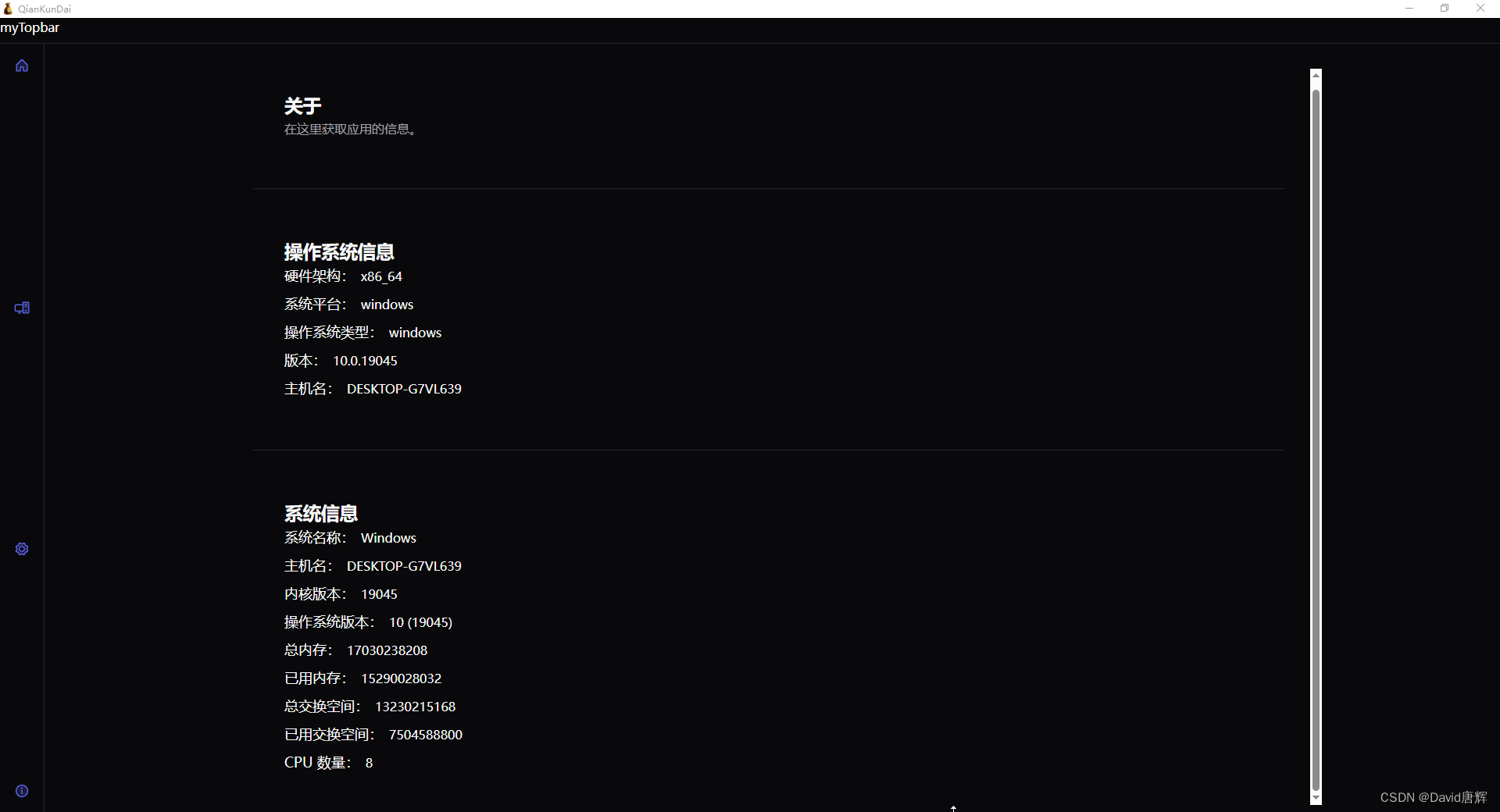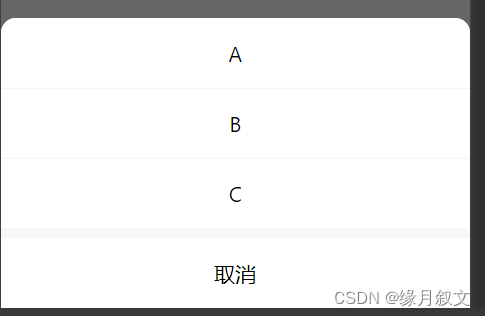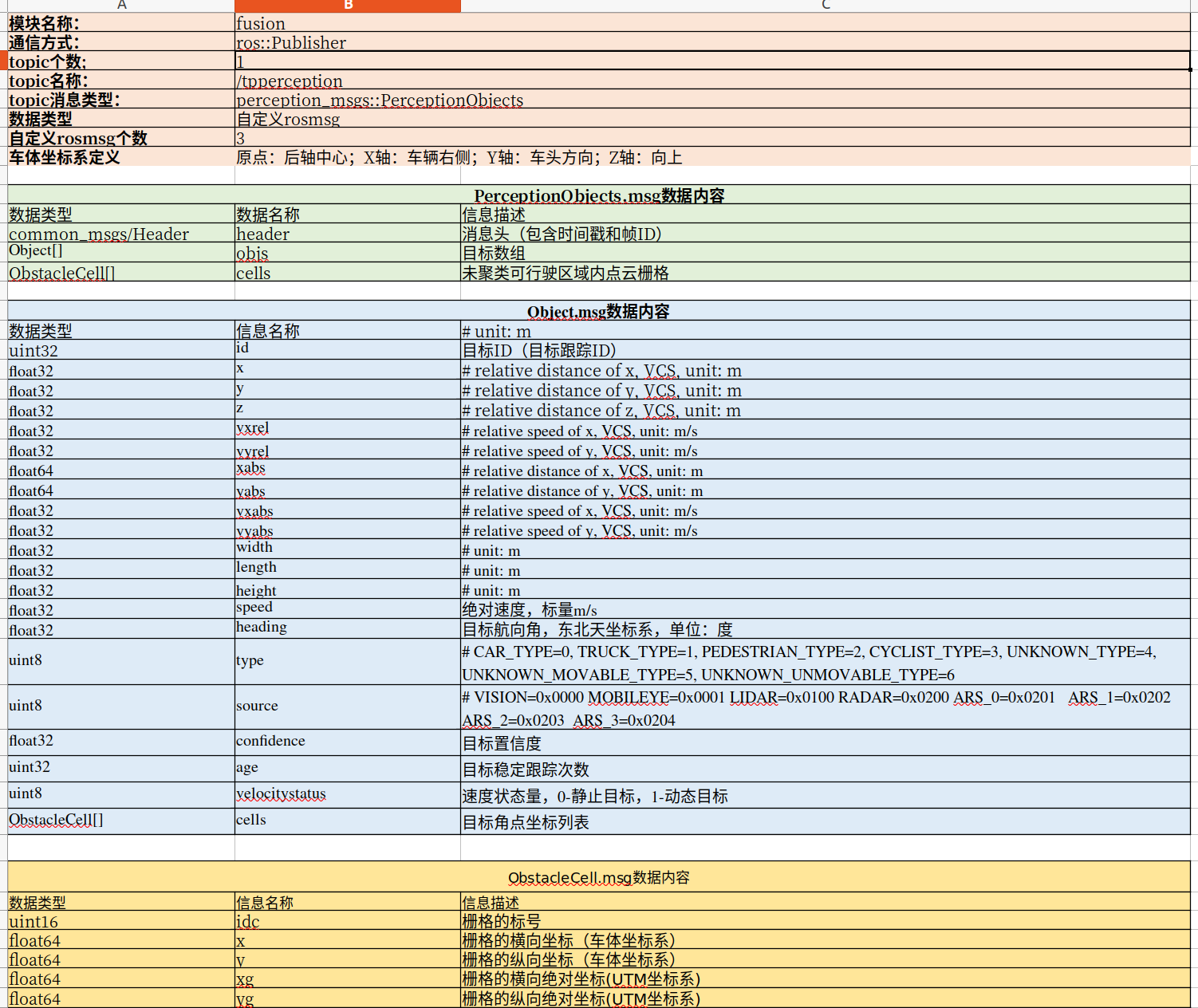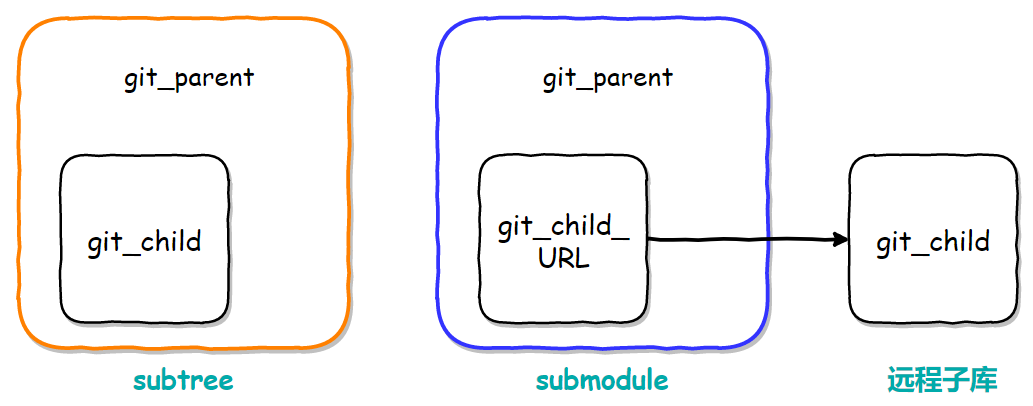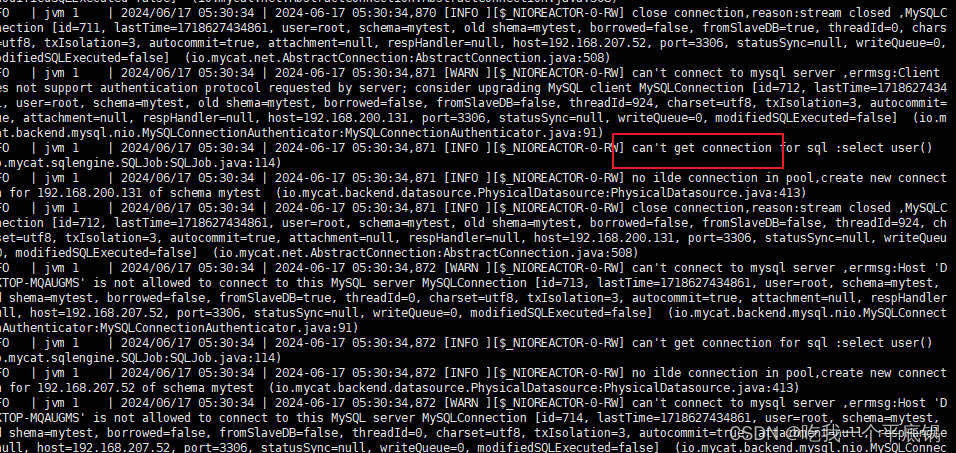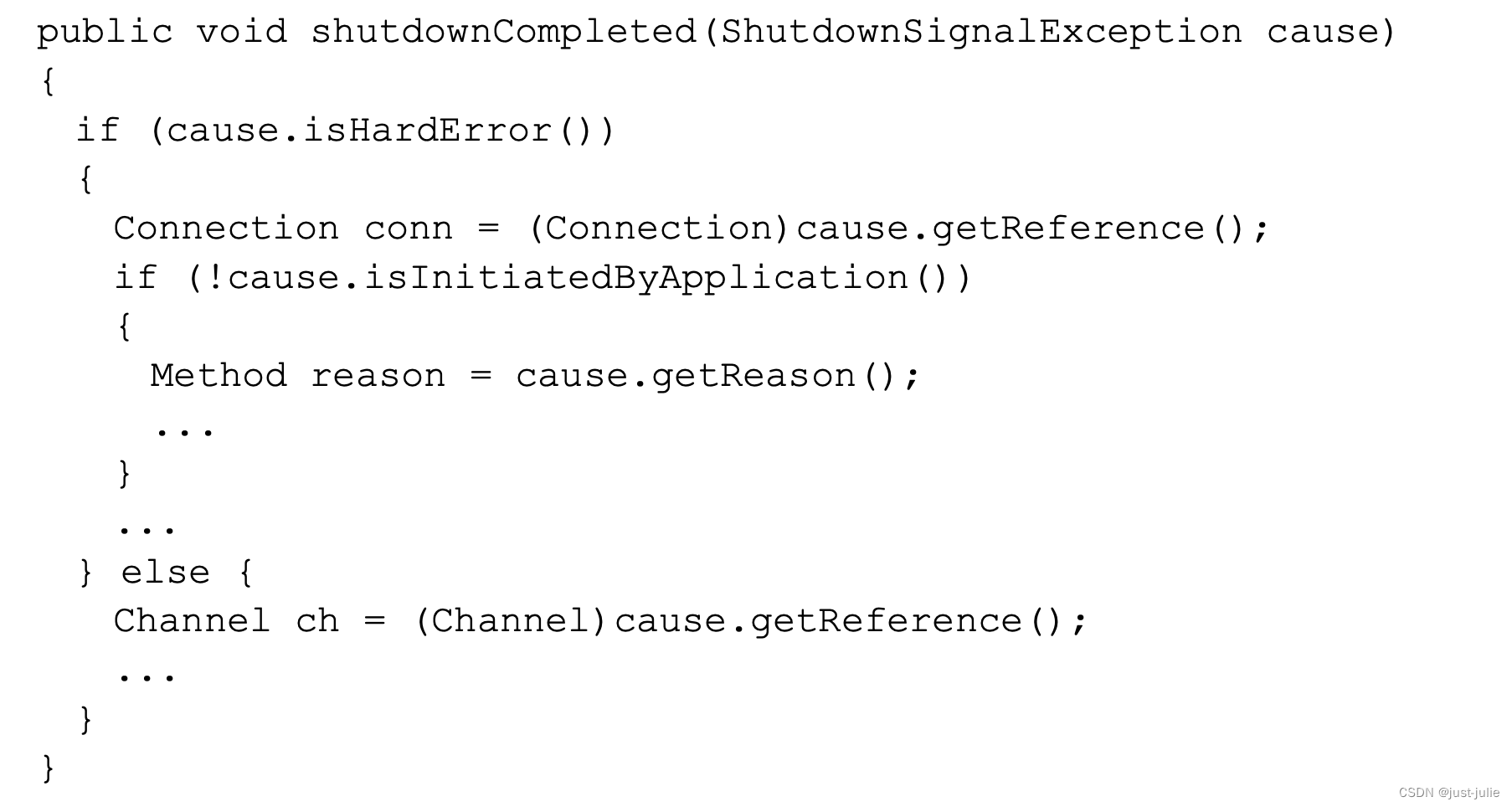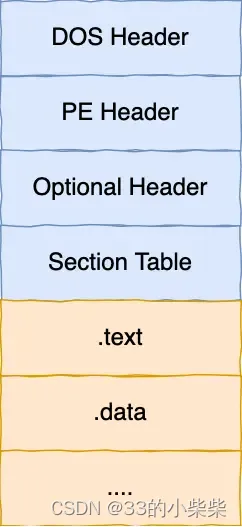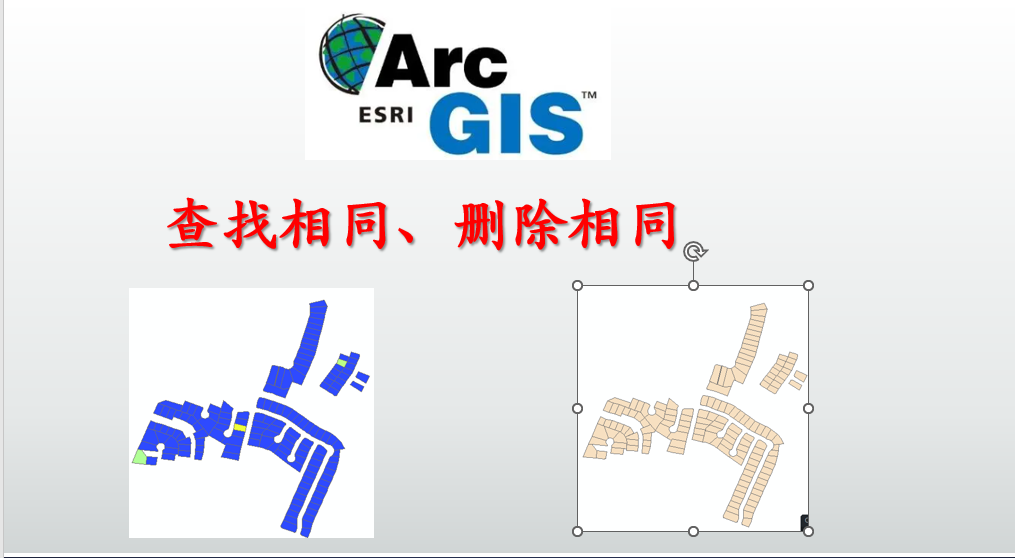Matplot++ 是一个基于 C++ 的绘图库,专门用于绘制高质量的数据图表。它提供了一个简洁而强大的接口,使得用户能够轻松地创建各种类型的图表,包括线图、散点图、柱状图、饼图等。Matplot++ 的设计目标是提供与 MATLAB 相似的绘图体验,同时利用 C++ 的性能和灵活性。(这个和隔壁的matplotlib-cpp不是一个库哦,matplot++是纯C++的绘图库)。
我们创建一个C++的控制台项目。

#include <matplot/matplot.h>
int main() {
using namespace matplot;
std::vector<double> x = { 1, 2, 3, 4, 5 };
std::vector<double> y = { 1, 4, 2, 5, 3 };
plot(x, y);
show();
return 0;
}复制代码并运行然后就报错了。
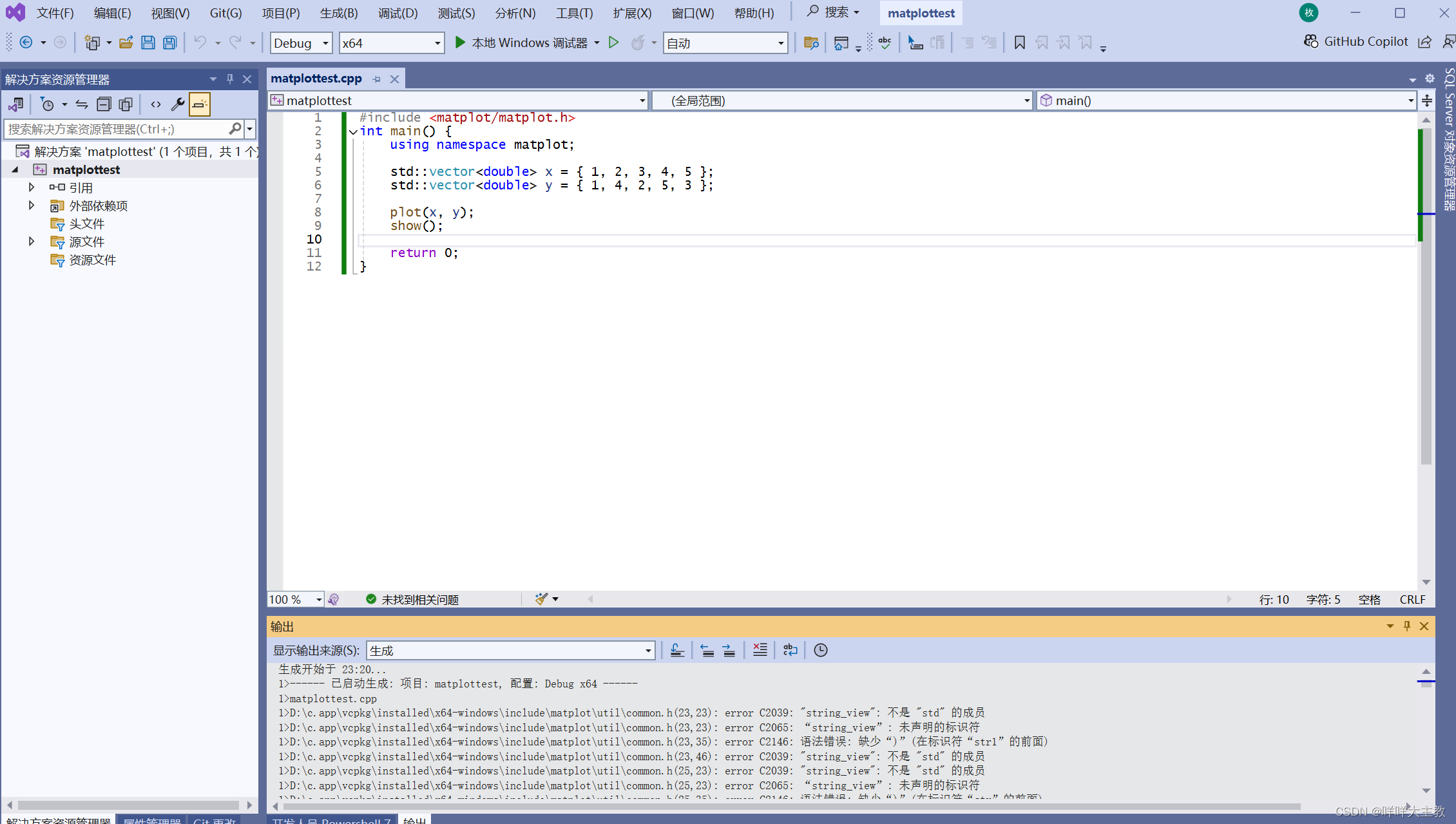
1>D:\c.app\vcpkg\installed\x64-windows\include\matplot\util\common.h(23,23): error C2039: "string_view": 不是 "std" 的成员
1>D:\c.app\vcpkg\installed\x64-windows\include\matplot\util\common.h(23,23): error C2065: “string_view”: 未声明的标识符这是由于这个库不支持C++11版本,只支持C++17及以上的版本。

第二个问题,空指针异常。
Unhandled exception at 0x00007FFE9ECECF19 in MatplotPlusPlus__test.exe:
Microsoft C++ exception: std::runtime_error at memory location 0x000000F632EFEC68.
这个问题是因为matplot++这个库的绘图功能是依赖于gunplot这个库的,gunplot相当方便安装,只需要下载.exe文件,然后安装就可以了。
gnuplot - Browse /gnuplot/6.0.1 at SourceForge.net

自己定义好安装路径然后下一步安装就可以了。

将gnuplot的.exe文件加入到系统环境变量Path中。


再将gnuplot的链接库文件导入到VS2022中。

你们也注意到了,博主没有在VS2022中导入matplot++这个库的库文件和头文件,但是程序运行可以通过,这是因为博主使用了Vcpkg安装matplot++,Vcpkg自动将这个库的头文件路径和库文件路径集成到了VS2022中,因此不需要手动导入。Vcpgk自动生成了一个系统环境变量,这个变量里面的路径就是matplot++的路径,VS2022可以自动找到这个路径里面的库。如何用Vcpkg安装库,大家可以看我之前的博客哦,说的非常详细。

打开路径就可以看到库的头文件目录了。

再次运行代码,成功绘制图形。

matplot++可以绘制非常多种类的图形,详情见官网Home - Matplot++
#include <cmath>
#include <matplot/matplot.h>
std::vector<std::pair<size_t, size_t>> get_edges();
int main() {
using namespace matplot;
std::vector<std::pair<size_t, size_t>> edges = {
{0, 1}, {0, 2}, {0, 3}, {0, 4}, {1, 5}, {1, 6}, {1, 7},
{1, 8}, {1, 9}, {1, 10}, {1, 11}, {1, 12}, {1, 13}, {1, 14},
{14, 15}, {14, 16}, {14, 17}, {14, 18}, {14, 19} };
digraph(edges);
show();
return 0;
} 
#include <cmath>
#include <matplot/matplot.h>
int main() {
using namespace matplot;
std::vector<double> lon =
transform(linspace(-170, 170, 3000),
[](double x) { return x + 10. * rand(0, 1); });
std::vector<double> lat = transform(
lon, [](double x) { return 50. * cosd(3 * x) + 10 * rand(0, 1); });
std::vector<double> weights =
transform(lon, [](double lon) { return 101. + 100 * (sind(2 * lon)); });
geodensityplot(lat, lon);
show();
return 0;
}哈哈哈,下面这个图乱码了 ,可能是编码格式的问题,无伤大雅!。

